On 11 May 1999, Sony released a real robot dog for general sale. Yes, Sony was making robotic dogs with artificial intelligence before it became mainstream. When most people did not yet have computers or phones, Sony offered to buy a robot companion. And its development began in 1993!
Interestingly, the name of the robodog has two meanings. For example, in Japanese 愛慕, "aibo" means "friend" or "partner". But for the Western market, there is an acronym Artificial IntelligenceRoBOt- a robot with artificial intelligence.
How the future was born

In the 80s, Sony achieved significant success in the consumer electronics market, but this market was developing very actively, and technological solutions were becoming more and more complex. To keep up the pace of innovation, in 1990 Sony, like Xerox with its Palo Alto Research Centre, founded its own research laboratory, the Computer Science Laboratory. The first development of this laboratory was the Aperios operating system, which later became the basis of software for Sony robots, including Aibo.
Toshitada Doi, an electrical engineer known for developing compact discs, is considered the "father" of Aibo. Together with artificial intelligence specialist Masahiro Fujita, they began developing the robot in 1994. They believed that the state of the art at the time did not allow voice recognition and machine vision to be used at a level that would be of practical use, so they decided to focus on developing a toy that would have sufficiently complex and unexpected behaviour to make it interesting for people to watch and care for.
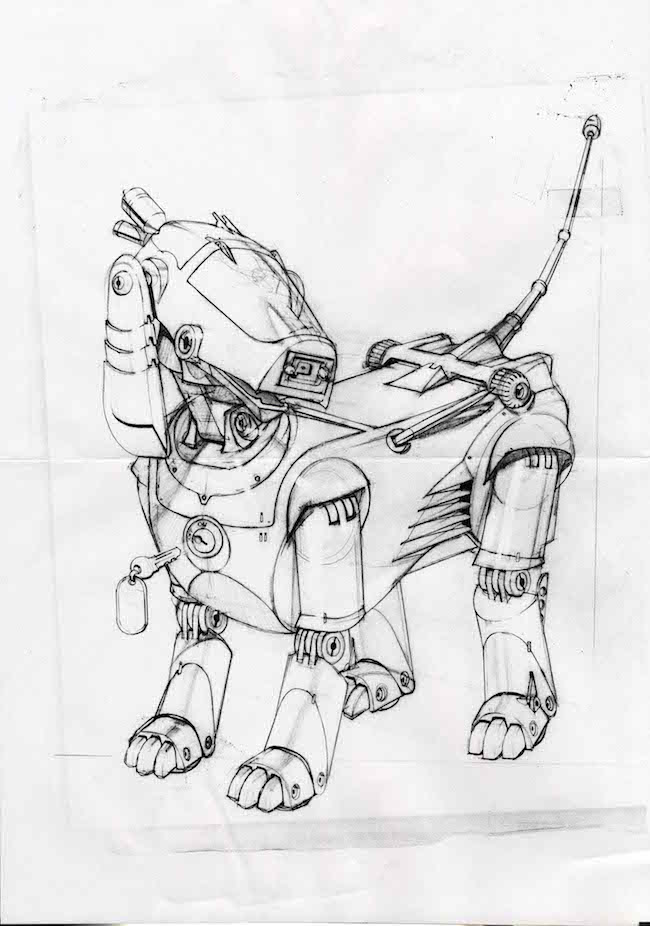
The first such mechanical "tamagotchi" could already track the movement of a yellow ball, shake hands, perform a karate kick, and sleep. But it was not yet an aibo, but a monkey-like prototype of MUTANT.
To make the robot more attractive to the masses, the artist Hajime Sorayama was engaged to create the first design for the robot. This work has taken pride of place in the Museum of Modern Art and the Smithsonian Institution. The design of the first Aibo also won the prestigious Japanese Good Design Award and the Grand Prix and Intelligent Design award at the German Red Dot awards in 2000.
The fact that the robot could not yet understand human speech in the 90s was not a problem, as real dogs do not understand it either. Instead, aibo recognised more than 100 voice commands, which far exceeded the "vocabulary" of ordinary dogs. In addition, the first robodog could respond in a tone of voice, in a normal voice, and make other programmed sounds.
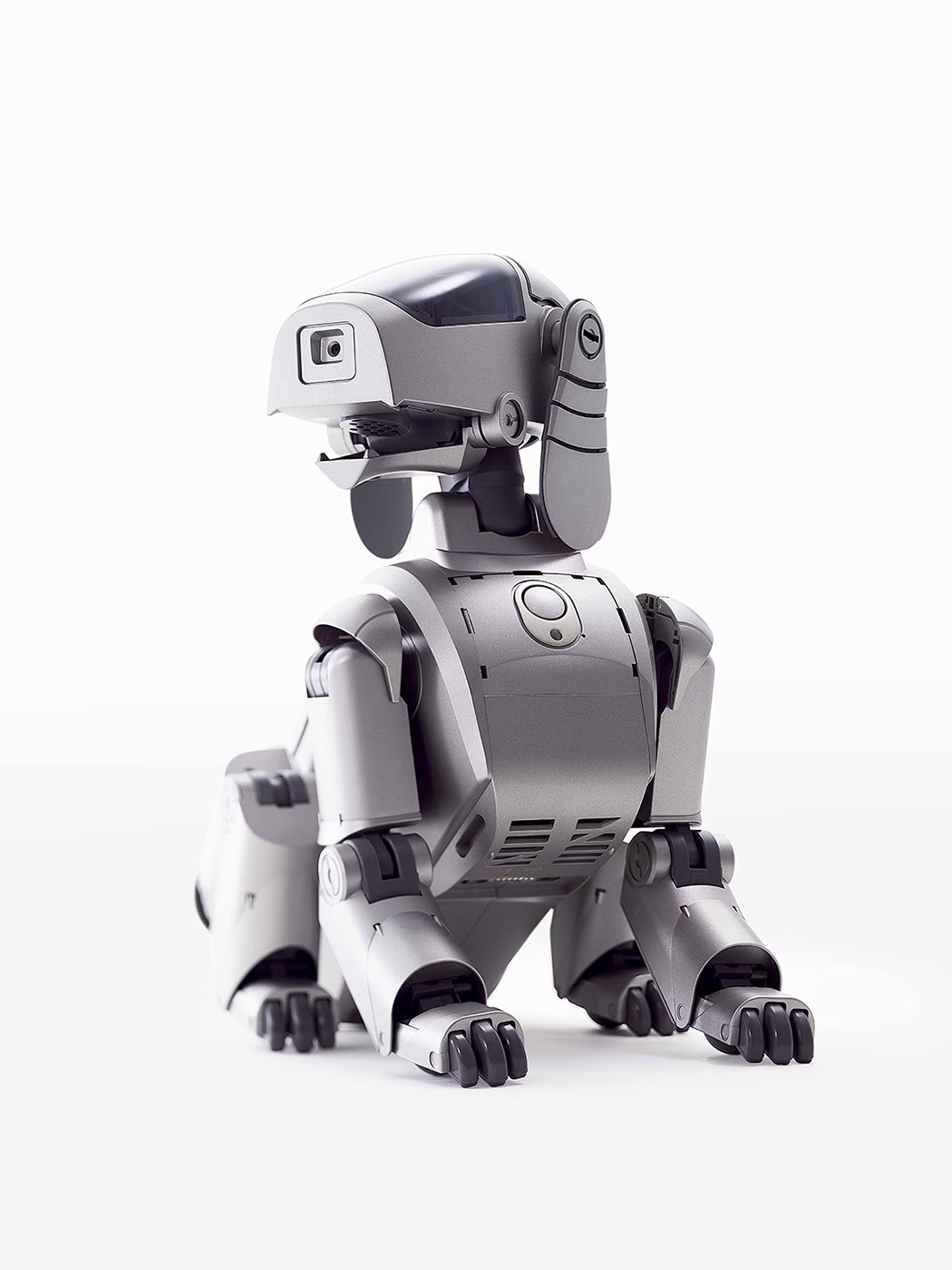
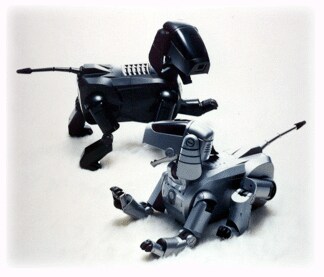
When Masahiro Fujita was working on the aibo software in the early 90s, he thought that by 2010, robots would be so intelligent that they would become indispensable assistants in every household. In the meantime, Sony has been investing huge resources in bringing that future closer. In order to make this future come true for Sony, they have made aibo available for purchase for ordinary users. Despite the fact that the price of the first Aibo ERS-110 model available for purchase was $2500, the batch of all 5000 robots sold out in 20 minutes. Adjusted for inflation, its price would be $3500 in 2020 prices. But now it is the rarest model, very rarely seen at auctions at prices closer to $10,000. The first commercial Aibo had a 64-bit 50 MHz processor, 16 MB of RAM, a 0.18 megapixel colour camera, 5 touch sensors (in each paw and on the head), an infrared distance sensor, weighed 1.6 kg, and could work autonomously for about 1.5 hours with a standard battery.
Sony realised the potential, so it produced a slightly restyled ERS-111 model in 40,000 units and gave the go-ahead for the next generation.
Second and third generation - the future that has not yet arrived
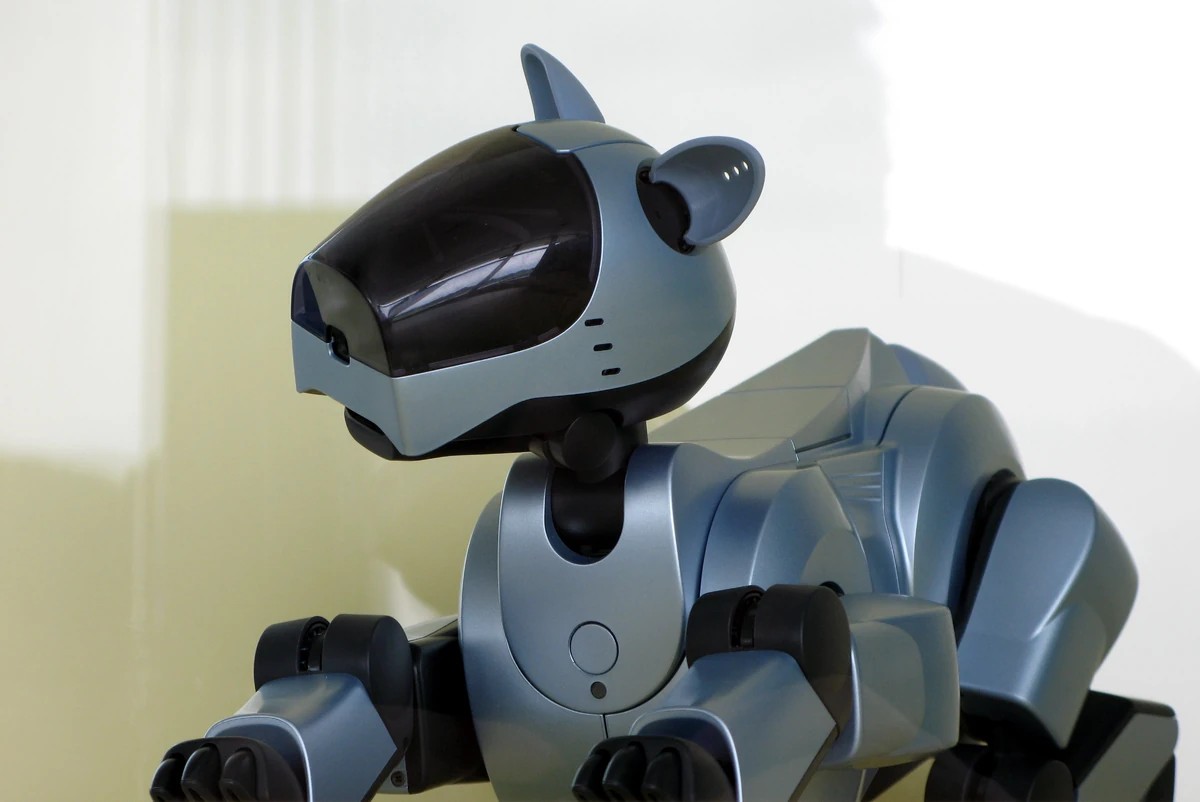
The second-generation ERS-210 robot had the appearance of a lion cub, although it still behaved like a dog. It could already recognise human speech (English and Spanish or Japanese, depending on the region) and became Aibo's most popular model with over 65,000 sold. But much of this furore is due to its very affordable pricing. With an initial price of $1500, the price of the robot has subsequently dropped to less than $1000.
TheERS-220 has a futuristic design with a chrome body and LEDs, which was developed by Shoji Kawamori. As an option, the robot had a radio communication channel that allowed it to be controlled remotely. This robot was sold in 5,000 to 7,000 copies, at a cost of 180,000 yen ($1500).
ERS-210At/220A SuperCore versions were also released, which are modifications of the ERS-210 and 220 with more powerful processors and a redesigned head mount.
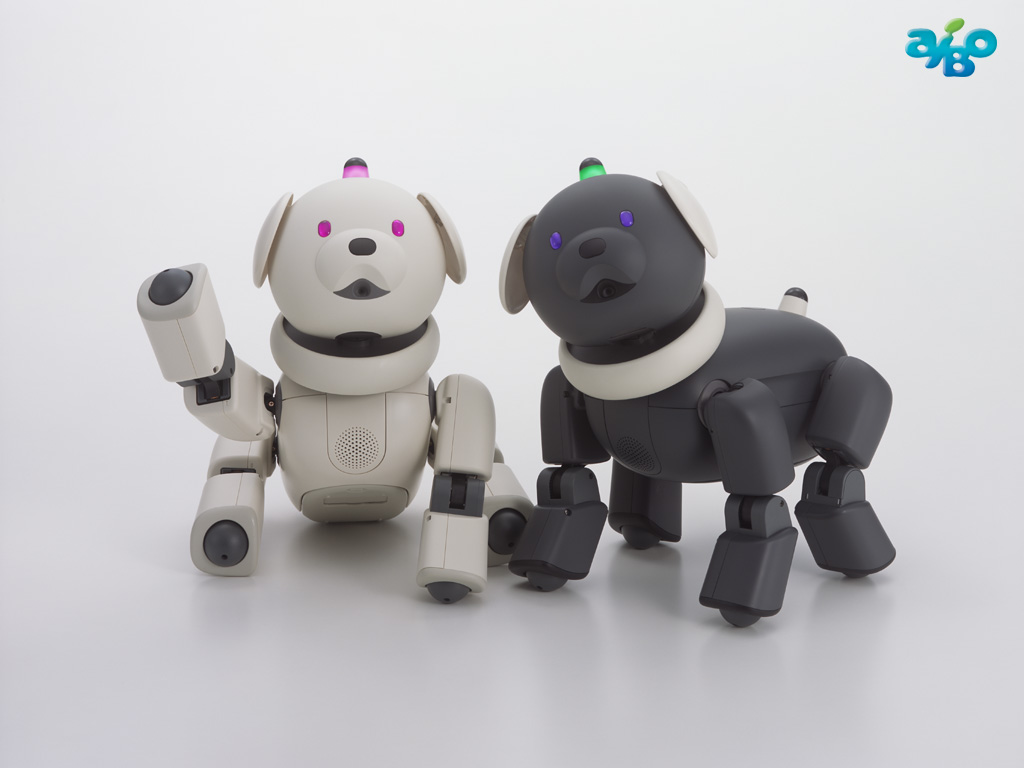
With the ERS-31x line, Sony has clearly captured the secret of success. The lineup consisted mainly of low-cost models priced at $750-$950, which featured a customised appearance for different breeds of dogs and slightly modified behaviour patterns (playful, obedient, active, etc.). For the Japanese market, models with the prefix "b" in the index were also produced, which could be connected via Bluetooth and read the dog's "thoughts", as well as play games with it.
An interesting feature of the first two generations of robots was that the software was based on the Aperios operating system, which was installed with AIBOware software, which was responsible for the dog's development from a playful puppy to a mature dog. This system allowed the robot to understand (but not necessarily obey) up to 100 voice commands. The robodog could work without AIBOware installed, but then it switched to a "clinical mode" in which it could perform only basic actions.
Thethird generation of robodogs began with the ERS-7 version and hit the shelves in 2003. In total, 45,000 robots of this line were sold, 15,000 revisions of the M1, M2 and M3.
In this generation, Sony stopped developing its own proprietary Aperios operating system and switched to the modular open architecture OPEN-R, and instead of AIBOware, the Mind software package is used. The software was able to connect via Wi-Fi to a PC, and the Mind 3 update added support for speech, blogging, and autonomous mapping of the robot's room. The machine vision system is an implementation of Evolution Robotics ERVision and uses the Scaled Invariant Feature Transform (SIFT) algorithm to detect the charging station.
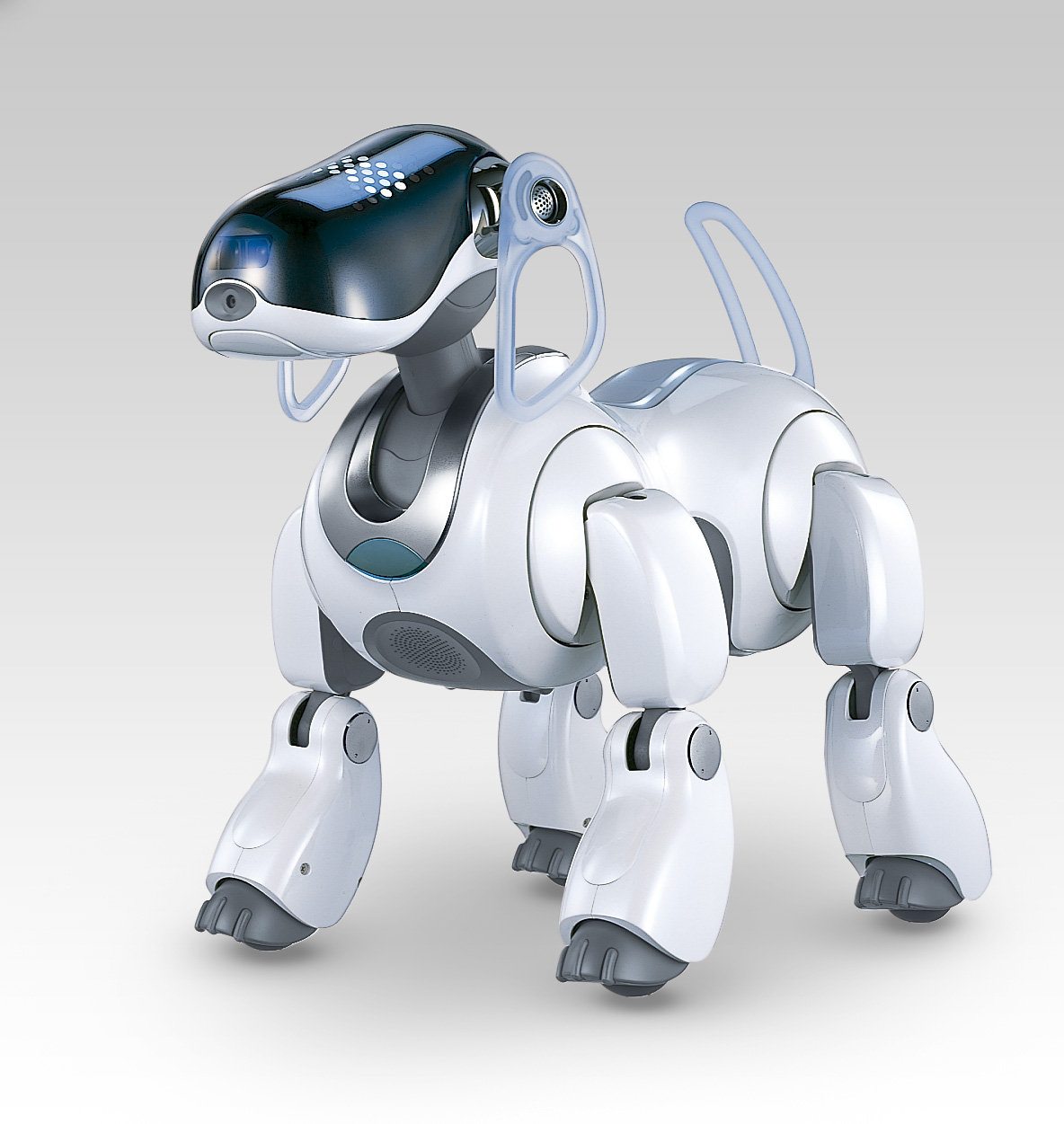
Unfortunately, in 2006, Sony's new CEO, Howard Stringer, closed the Aibo project along with other robot and advanced technology developments as part of the company's financial performance optimisation. In response, Toshitada Doi organised an impromptu funeral for Aibo, attended by more than 100 Sony employees. According to Doi, Aibo is a symbol of Sony's innovation and risk-taking spirit, which is now dead. In 2007, Toshitada Doi left Sony. Stringer himself stayed in the Sony SEO chair until 2012.
In 2006, Aibo was also inducted into the Robot Hall of Fame at Carnegie Mellon University.
RoboCup Four Paws League
This league was created specifically for Aibo robots and was covered by many technical publications at the time. According to the rules of this league, robots of the same model played a football match. In different years, these were Aibo ERS-110s (1999-2000), ERS-210 (2001-2002), ERS-210A SuperCore (2003), and ERS-7 (2004-2008). Sony has been actively helping universities by providing Aibo and technical support to enable them to implement their own machine vision and behavioural models for effective team football.
Phoenix dog
Mechanical barking did not delight people until 2018, when the fifth generation of robodogs was finally released. The ERS-1000 model has a less industrial and more cute appearance. Now the robot has an LTE-SIM for constant Internet connection to receive updates and access cloud computing. The robot can recognise up to 100 faces, understands more than 50 voice commands, and can perform tricks that can be purchased in a special store. Today, the price of ERS-1000 is less than $3000.
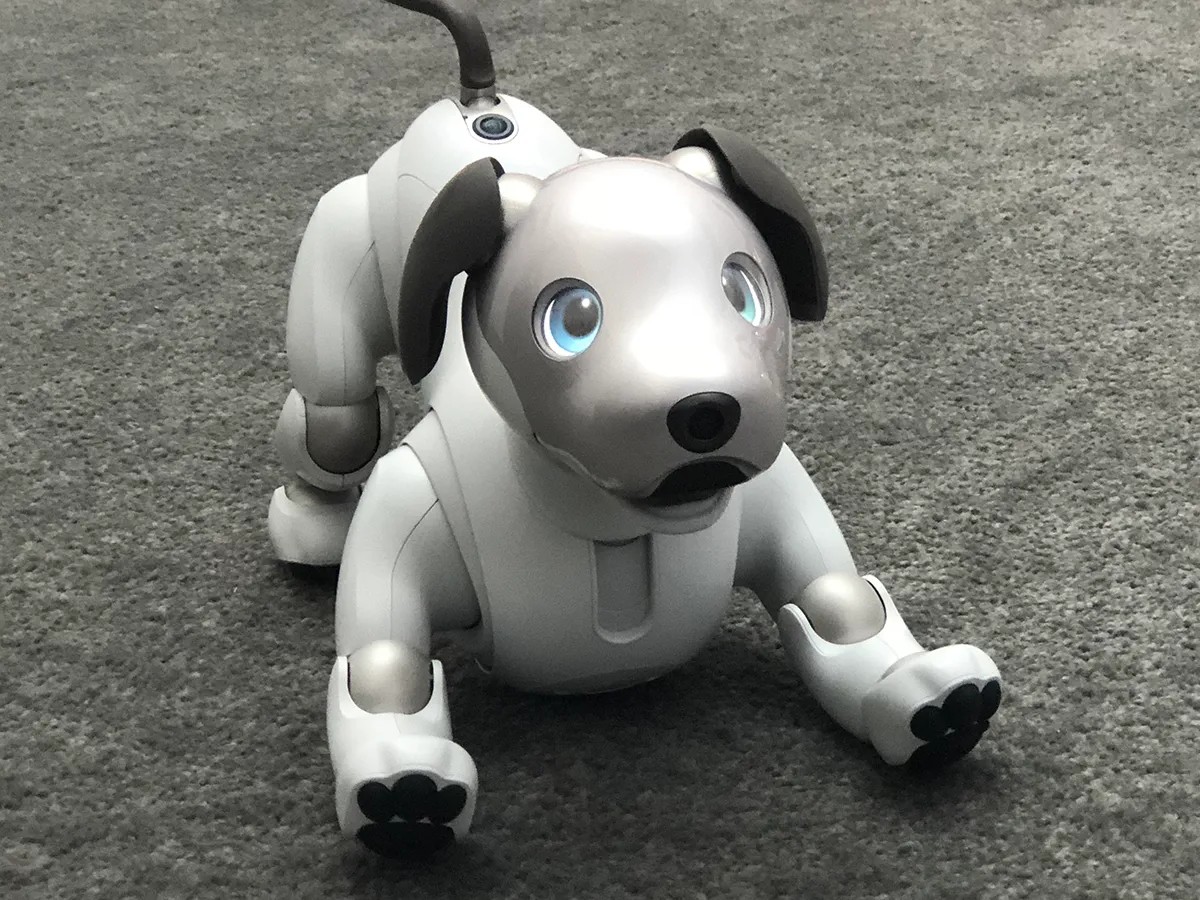
In addition to its entertainment function, the Aibo robot also has research value. For example, many research teams use Aibo as a low-cost platform for developing artificial intelligence and computer vision models. The robot also contributes to the development of OPEN-R, an open source software environment written in C++ that is used as a universal modular software for robots of various types and purposes.
Today, it's hard to say what the future of Aibo will look like in the age of artificial intelligence and autonomous robots. The robot dog was at least 20 years ahead of its time, probably inspiring the current generation of engineers at Boston Dynamics, Aldebaran Robotics, and other teams. And with this, he wrote his name in the history of robotics.
